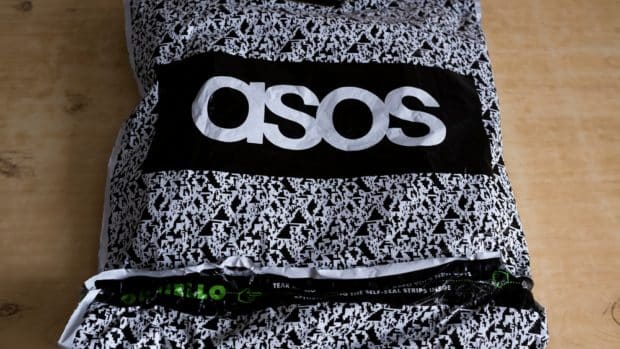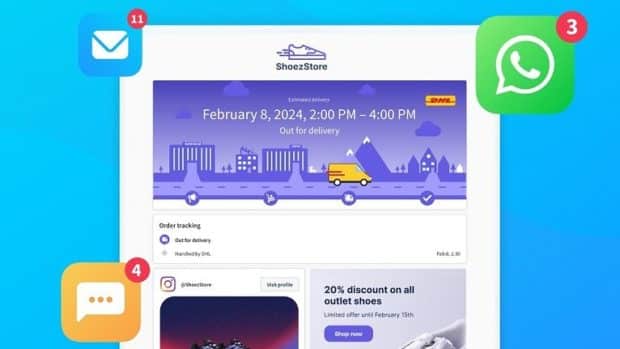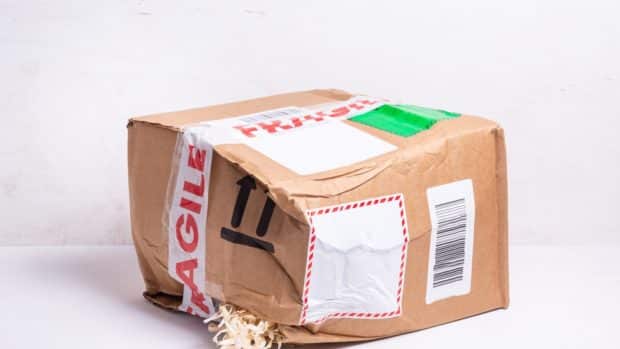In an increasingly challenging and fast moving retail environment organisations are looking for every opportunity to reduce cost and risk whilst improving the end to end customer experience. Given the disruption created by online pure players, how can traditional retailers maximise the value of the multi-channel model of customer engagement whilst also gaining new levels of agility and innovation, from new products to marketing?
Anoma van Eeden, head of marketing EMEA, Optimizely explains how online testing is being used by innovative companies to understand the cost, risk and timing of new initiatives – from cross channel marketing campaigns to product launches.
Cost and Risk
The recent failure of another British high street stalwart has demonstrated once more the challenges in the retail sector. While much attention is focused on the retailer’s finances, many pundits have cited a lack of innovation as a key reason that customers have moved elsewhere – especially given the speed and agility demonstrated by the online pure play retailers in recent years.
From a compelling online experience to fast changing trends in merchandising and the need for a slicker supply chain, retailers are having to reassess every part of the business model – and marketing is no different. In the UK, digital marketing now accounts for around 50 per cent of overall ad spend yet the majority of retailers still retain a divide between ‘traditional’ marketing activity, such as television and print advertising, and online spend. While messaging and branding will, of course, be consistent, there is little overlap in campaign delivery.
These campaigns are not only extremely expensive but the impact on public perception should the message be misjudged is considerable. Moreover, in addition to the high CPM cost, traditional media is interruptive and “one way” making impact of its effectiveness very difficult to measure. Most retailers’ only insight into the likely response is the old fashioned focus group – not until the campaign has gone live across the media and in store can the retailer truly determine customer reaction. In contrast, when the online retail model delivers immediate feedback to everything from messaging to product launches through real time optimisation, at a fraction of the cost isn’t it time to rethink the way campaigns are developed and delivered?
Rapid Reaction
The fact is that in a multi-channel environment most retailers already have a team of digital experts testing and optimising every aspect of the customer online experience. Why not forget the focus group and test a new media campaign – or several variants of a proposed campaign – online first to a subset of the audience before embarking on the huge cost of national media and in-store promotion? The cost is minimal and the rapid data-driven insight into customer response is invaluable.
Testing the proposed content online first transforms the risk and cost model – and can be used for proposed product launches as well as messaging. Within a matter of days, using A/B and multivariate testing the retailer can have tangible insight not only into the overall customer response but also any differences between key customer segments that take into account behavioural, psychographic or demographic distinctions, for example. Rather than a long drawn out process of focus groups, iteration, and back to the focus group, the retailer can rapidly assess true customer response before making the deep investments into the formal launch of a product or media campaign across the entire business.
This highly interactive process can be as simple or as sophisticated as required. A retailer could simply compare the response to two proposed messages or campaigns across the entire customer base – or measure the reaction in different customer segments, demographics or geographies. At a more granular level, the retailer could use testing to assess the reaction to different pictures of a new product. When the online audience responds better to the dress when teamed with blue shoes, as opposed to pink, for example, it is simple decision when designing the new in-store promotion to opt for the blue version.
For example, global electronics retailer Sony recently used straightforward A/B testing on underperforming banner ads. In doing so and segmenting the results, it identified that for one core target audience, mobile shoppers, the overall losing variant of the tests was actually the winner, and was able to serve the different experience to the different audiences.
Cost Avoidance
Adding this real time feedback to the traditional creative process enables retailers to react more quickly and iterate campaign ideas fast. Understanding the way in which customers in each target segment are engaging with a proposed campaign or new product not only enables the message to be refined but critically ensures a retailer avoids the cost of ill-judged marketing activity.
The key challenge retailers face in realising the value of an online first approach to new initiatives is to bring together currently separate teams. While multi-channel retailing has become the norm, many retailers still retain disparate digital and in store teams. Yet, it is the combination of digital experts who understand the data and business experts across merchandising and marketing that will enable real transformation and competitive differentiation.
Once this approach is embedded within the business, testing can be extended to include, for example, an assessment of product viability in certain geographies to inform in store stock strategies. From R&D to manufacturing and supply chain management, gaining early insight into customer reaction through online testing can radically reduce wasted expenditure throughout the business.
Conclusion
The speed at which retailing is evolving is placing huge pressure on traditional players. New online pure play retailers have disrupted the market; they are fast and agile but they cannot create the same one to one customer engagement as the bricks and mortar retailers who now have the opportunity to adopt the speed and innovation on offer online to maximise that multi-channel customer experience.
The retail model has to get faster but it has to do so without incurring more investment or demanding more people. By predicating every marketing and product launch decision on testing and data, retailers will not only mitigate risk but significantly reduce the traditional time to create and roll out these campaigns– and deliver the new levels of innovation and customer engagement required to remain successful.








Share